
Andy Clarke with a brand-new resource. It generates the sort of fun typography that Andy commonly uses in his own work that's geared towards cartoon headings.

A list of rounded images that slightly overlap each other is a classic web design pattern. The main idea is not complex, but the new thing is the responsive part. that dynamically adjusts the overlap between the images so they fit inside the container.

How far can we really go with container queries? There are dozens of media queries now, so what if there were dozens of container queries as well? What could we use them for?
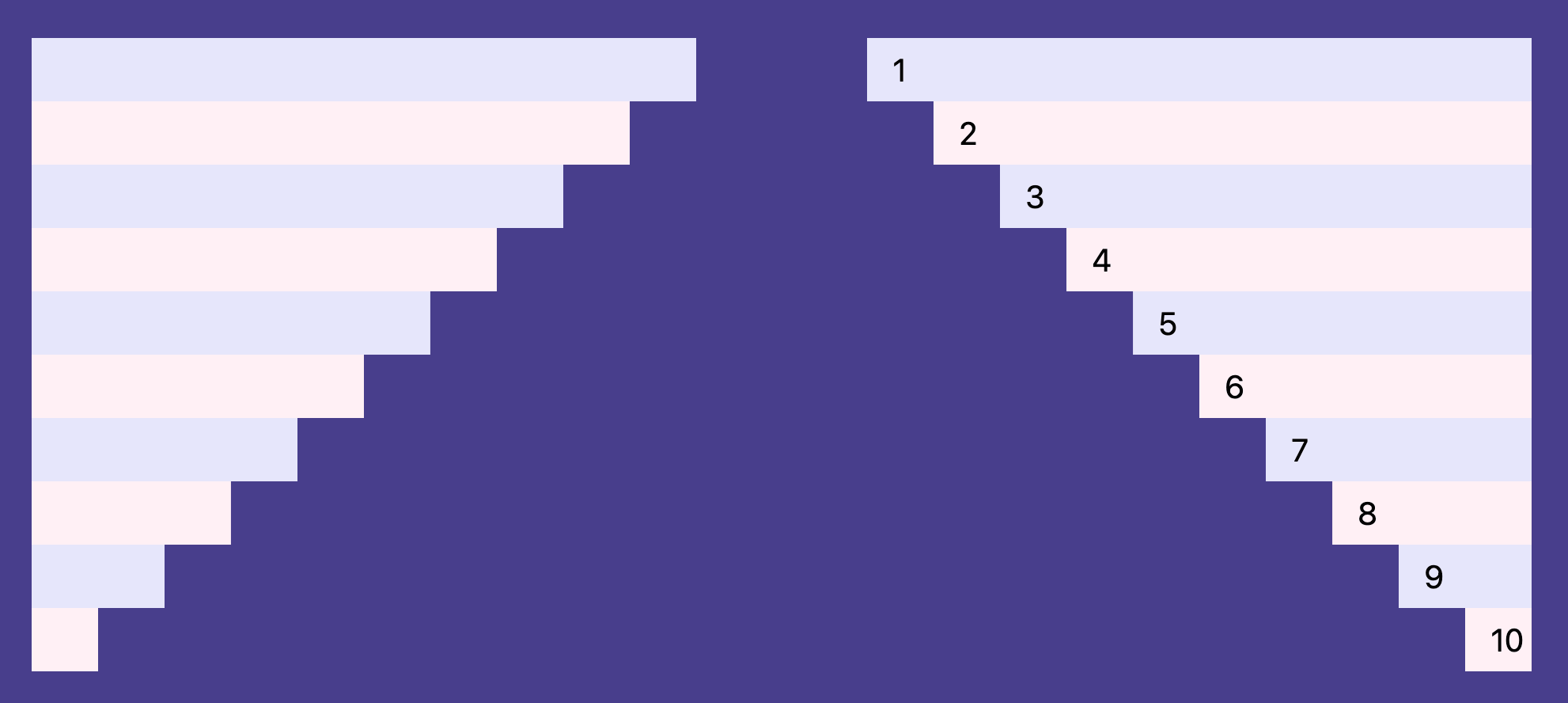
It’s not that hard to do! Preethi shows you how it's really the same old animation you’re used to writing in CSS, only applied on a view timeline instead of a normal timeline.

The Chrome Dev Team recaps the new CSS features that shipped in Google Chrome this past year in one amazingly designed webpage. They cover new functionality

The Chrome team recently prototyped a working solution for fitting text to the width of a container in CSS using a text-grow property.

I would like to tell you what I learned from a five-year old child about HTML and CSS. It’s funny how explaining something you do almost naturally teaches you about yourself and what you take for granted.

It's easy to think of HTML Web Components as a recent feature, but it has roots that go all the way back to 1998.

A good measure makes reading text comfortable, while a bad one makes it more difficult. So, rather than allowing layout to dictate the measure, doesn’t it make more sense for the measure to inform layout decisions?

Unconvinced of the value of scrollytelling? Alright, skeptic, let’s first warm up with some common use cases for scroll-based styling.

Bramus:

There are many ways to share properties, but what would it look like to inherit and use any parent property value on a child?

Sketch probably didn't "have" to redesign its UI to line up with macOS Tahoe, but a big part of its appeal is the fact that it feels like it totally belongs to the Mac.

Is there really a difference between using :not(:open) and :closed? As always, it depends. Sunkanmi Fafowora explains why :closed is currently not a thing.
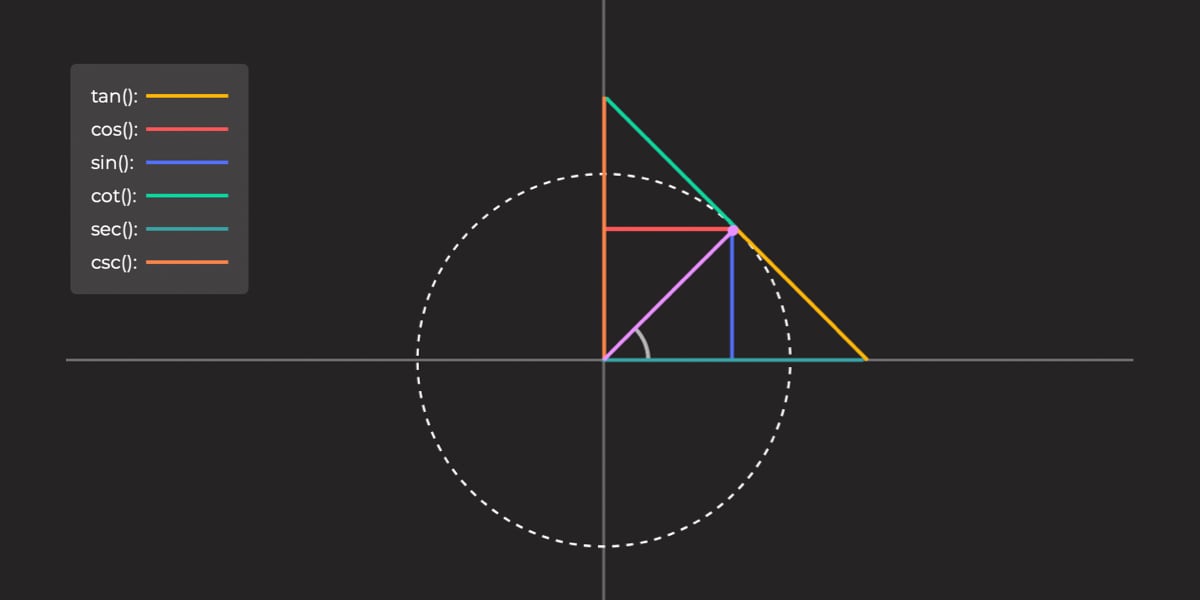
If we have a ratio that represents the sine, cosine or tangent of an angle, how can we get the original angle? This is where inverse trigonometric functions come in!

The extremely new framework that caught lots of attention will continue as a personal project.

Being able to use the range syntax with container style queries — which we can do starting with Chrome 142 — means that we can compare literal numeric values as well as numeric values tokenized by custom properties or the attr() function.

A few links about headings that I've had stored under my top hat.

Why should you use a semantic <button> instead of a generic <div>? Accessibility, right? By how exactly does it help accessibility?

Last time, we discussed that, sadly, according to the State of CSS 2025 survey, trigonometric functions are deemed the "Most Hated" CSS feature.

On mobile, people can lose their sense of context and can’t easily tell where a section begins or ends. Good small-screen design can help orient them using a variety of techniques.

Can we use the <details> element as the foundation for a tabbed interface? Why yes, we can!
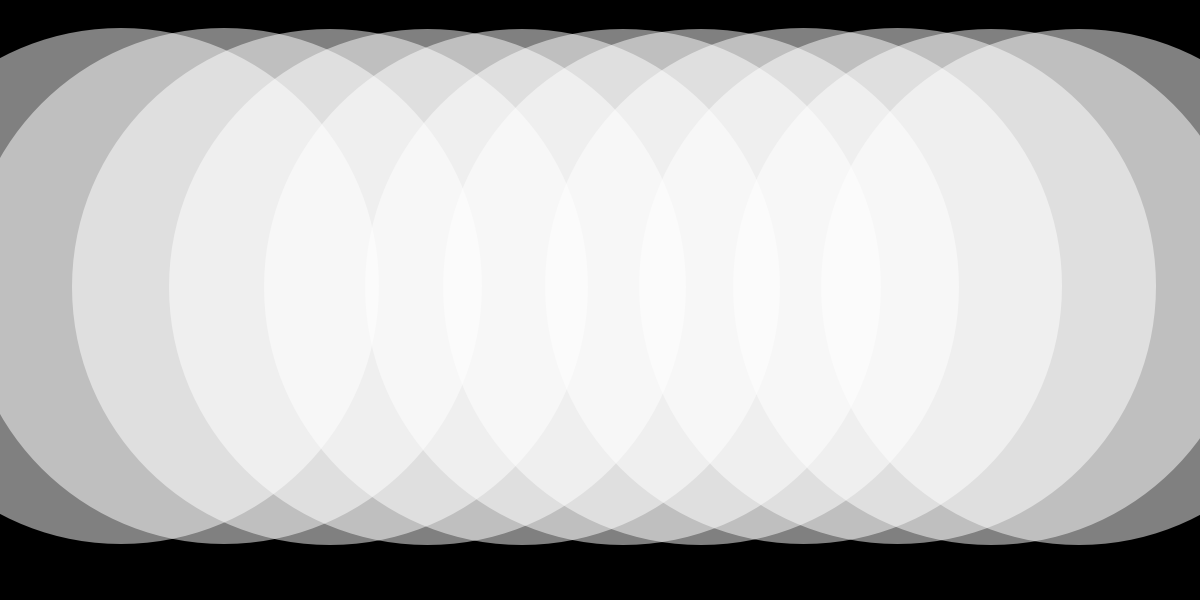
When we change an element’s intrinsic sizing, its children are affected, too. This is something we can use to our advantage.
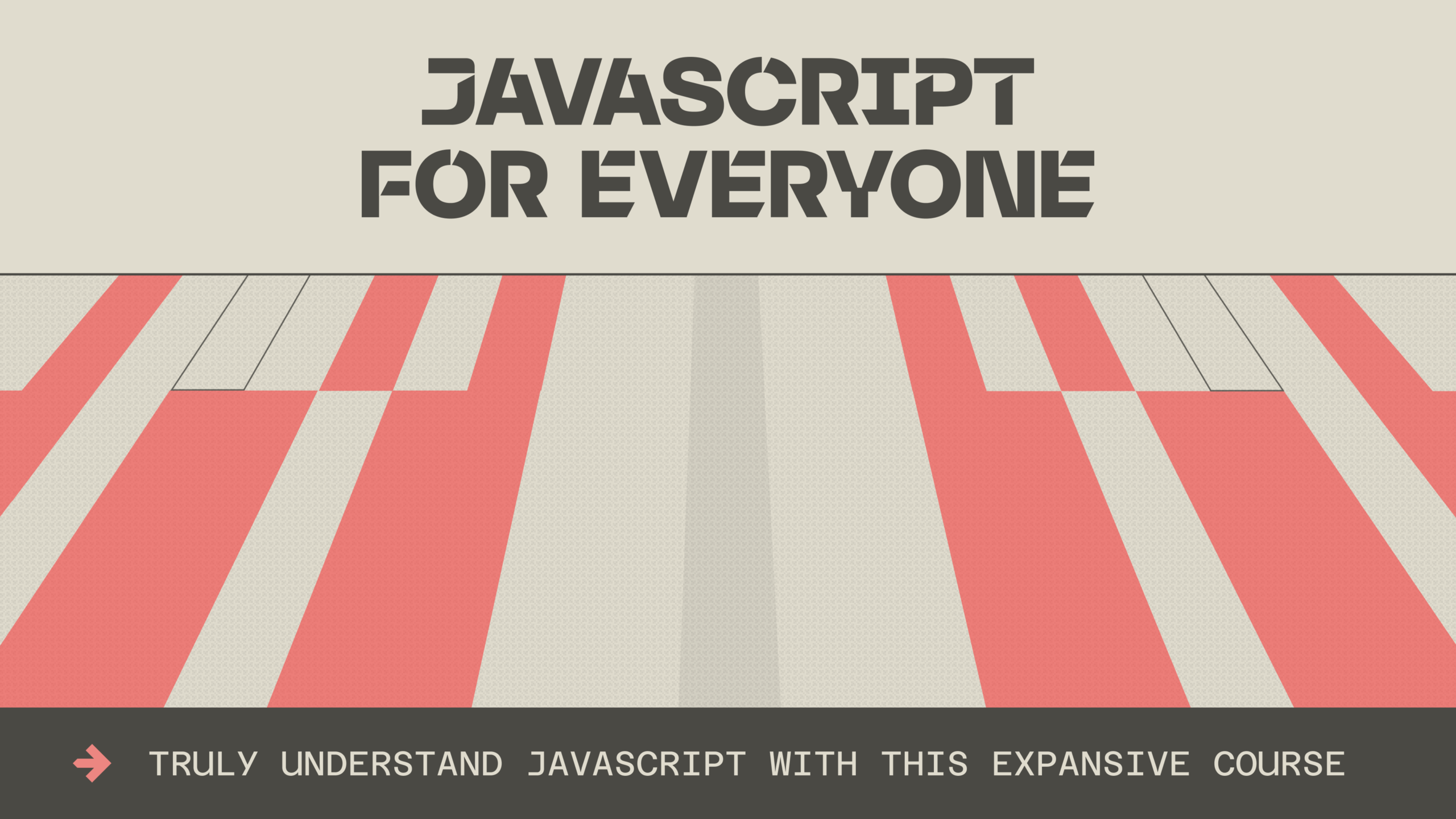
A thorough but approachable lesson on JavaScript expressions excerpted JavaScript For Everyone, a complete online course offered by our friends at Piccalilli.

Honeypots are fields that developers use to prevent spam submissions. They still work in 2025. But you got to set a couple of tricks in place so spambots can’t detect your honeypot field.

Let’s suppose you have N elements with the same animation that should animate sequentially. Modern CSS makes this easy and it works for any number of items!

Looking at the CSS Masonry discussions and what they can teach us about the development of new CSS features. What is the CSSWG’s role? What influence do browsers have? What can learn from the way past features evolved?

The TL;DR is that stretch does the same thing as declaring 100%, but ignores padding when looking at the available space.

One of our favorites, Andy Clarke, on the one thing keeping the CSS contrast-color() function from true glory:

There are so many creative opportunities for using shape-outside that I’m surprised I see it used so rarely. So, how can you use it to add personality to a design? Here’s how I do it.
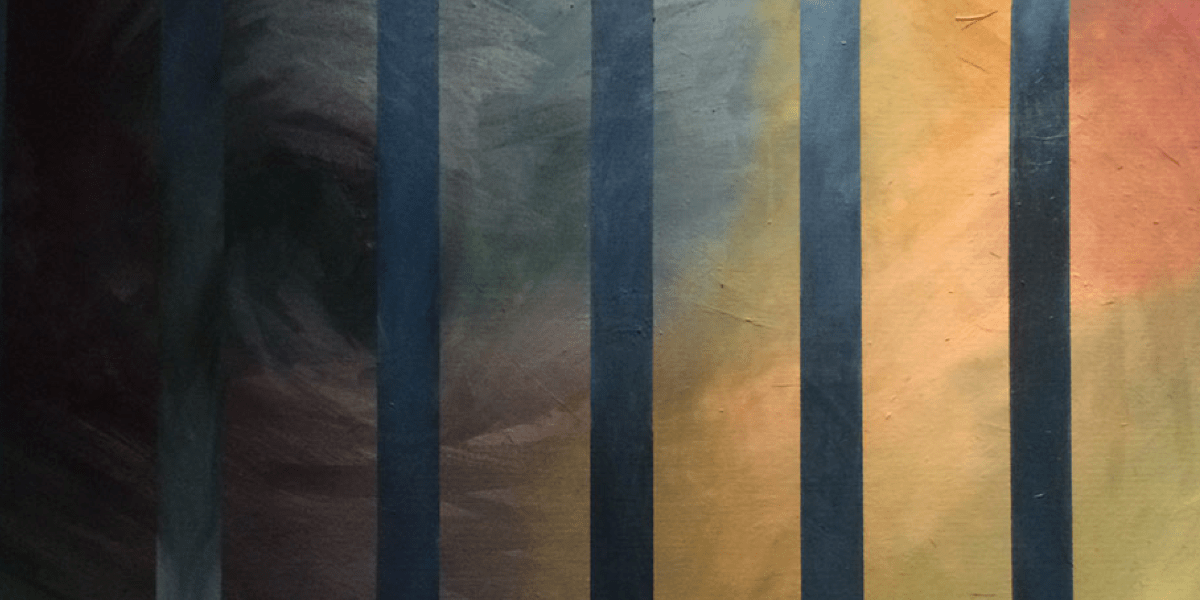
Naturally, everything looks like code when I'm staring at a blank canvas. That's whether the canvas is paper, a screen, some Figma artboard, or what have you.

Safari 26 adds:75 new features, 3 deprecations, and 171 other improvements. Here's all the CSS goodness you'll want to know about.

John Rhea challenged himself to recreate the fancy button using the new CSS shape() function sprinkled with animation to get things pretty close.

Starting in Chrome 140, we'll be able to calculate numeric values with mixed data types. Sounds small, but Amit demonstrates how big a deal this is, calling it Computational CSS.

A set of notes taken from Eric Bailey's article about the use of inclusive personas and user research.

Many of the Sass features we've grown to love have made their way into native CSS in some shape or form. So, should we still use Sass? This is how developer Jeff Bridgforth is thinking about it.

I want to look at practical uses for CSS trigonometric functions. And we'll start with what may be the most popular functions of the "worst" feature: sin() and cos().

When I first started messing around with code, rounded corners required five background images or an image sprite likely created in Photoshop, so when

Stu Robson outlines two ways to compile multiple CSS files when you aren't relying on Sass for it.

Everyone has a different opinion which is great because it demonstrates the messy, non-linear craft that is thinking like a front-end developer.

CSS is a composable language by nature. This composition nature is already built into the cascade. We simply don't talk about composition as a Big Thing because it's the nature of the language.

Color what? Sunkanmi Fafowora explains how an everyday task for CSS can be used to create better colors experiences.

The light-dark() function is currently designed to support just two color schemes. Should it support others? Sunkanmi Fafowora says yes and no.

In this article, author Chris Sabourin walk through how modern CSS features can build a fully functional, interactive elevator that knows where it is, where it’s headed, and how long it’ll take to get there. No JavaScript required.

Here's an approach for animating products added to a shopping cart that handles an infinite number of items using a variation of the ol' Checkbox Hack.

Images in long-form content can (and often should) do more than illustrate. They help set the pace, influence how readers feel, and add character that words alone can’t always convey.

In this third and final chapter, we’re stepping into interactivity by adding JavaScript, starting with a simple :hover effect, and ending with a fully responsive bulging text that follows your mouse in real time.

In this chapter, we will explore ways to animate the effect, add transitions, and play with different variations. We will look at how motion can enhance depth, and how subtle tweaks can create a whole new vibe.

A client asked me to create a bulging text effect. With a bit of cleverness and some advanced CSS, I managed to get a result I’m genuinely proud of, which is covered in this three-part series.

Short story: Slapping hidden=until-found on an element in HTML enables any hidden content within the element to be findable in the browser with in-page search.

It's easy to take URL superpowers for granted, even if you already have these patterns under your belt.

My brain can't help but try to make connections between seemingly disparate ideas. And that's what happened yesterday when I read:

I've come to realize that perhaps we need to have a unit between root and relative values. This would bring about a whole new possibility when creating reusable components.

CSS-Questions is a mini site where you can test your CSS knowledge with over 100 questions.

How do you design block quotes and pull quotes to reflect a brand’s visual identity and help tell its story? Here’s how I do it by styling the HTML blockquote element using borders, decorative quote marks, custom shapes, and a few unexpected properties.

Get advice answering a set of 10 CSS-related questions you likely will encounter in front-end interviews.

Parallax is a pattern in which different elements of a webpage move at varying speeds as the user scrolls, creating a three-dimensional, layered appearance. It once required JavaScript. Now we have scroll-driven animations in CSS, which is free from the main-thread blocking that can plague JavaScript animations.

Today, I want to discuss a couple of patterns for naming color palettes that the community is using, and how I propose we can improve, so we achieve both flexibility and beauty.

Is there a way to build demos that do not break when the services they rely on fail? How can we ensure educational demos stay available for as long as possible?

I went on to figure out how make masonry work today with other browsers. I'm happy to report I've found a way — and, bonus! — that support can be provided with only 66 lines of JavaScript.

Do we invent or discover CSS tricks? Lee Meyer discusses how creative limitations, recursive thinking, and unexpected combinations lead to his most interesting ideas.

Brad Frost introduced the "Atomic Design" concept wayyyy back in 2013. He even wrote a book on it. And we all took notice, because that term has been part of
Chrome 139 is experimenting with Open UI’s proposed Interest Invoker API, which would be used to create tooltips, hover menus, hover cards, quick actions, and other types of UIs for showing more information with hover interactions.

Focus trapping is about managing focus within an element, such that focus always stays within it. The whole process sounds simple in theory, but it can quite difficult to build in practice, mostly because of the numerous parts to you got to manage.

A versal letters is a typographic flourish found in illuminated manuscripts and traditional book design, where it adds visual interest and helps guide a reader’s eye to where they should begin.

Gathered notes on Liquid Glass, Apple’s new design language that was introduced at WWDC 2025. These links are a choice selection of posts and resources that I've found helpful for understanding the context of Liquid Glass, as well as techniques for recreating it in code.

State of Devs 2025 survey results are out! Sunkanmi Fafowora highlights a few key results about diversity, health, and salaries.

The many ways to juggle line length when working with text... including two proposed properties that could make it easier in the future.

I was playing around with scroll-driven animations, just searching for all sorts of random things you could do. That’s when I came up with the idea to animate main headings and, using scroll-driven animations, change the headings based on the user’s scroll position.

The shape() function's close and move commands may not be ones you reach for often, but are incredibly useful for certain shapes.

Styling the space between layout items — the gap — has typically required some clever workarounds. But a new CSS feature changes all that with just a few simple CSS properties that make it easy, yet also flexible, to display styled separators between your layout items.

Being the bad boy I am, I don't take Tailwind's default approach to cascade layers as the "best" one. Over a year experimenting with Tailwind and vanilla CSS, I've come across what I believe is a better solution.

Blob, Blob, Blob. What's the most effective way to create blob shapes in CSS? Turns out, as always, there are many. Let's compare them together!

KelpUI is new library that Chris Ferdinandi is developing, designed to leverage newer CSS features and Web Components. I've enjoyed following Chris as he's published an ongoing series of articles detailing his thought process behind the library, getting deep into his approach. You really get a clear picture of his strategy and I love it.

The CSS if() function enables us to use values conditionally, which we can already do with queries and other functions, so I’m sure you’re wondering: What exactly does if() do? Let's look at a possible real-world use case.

The CSS if() function was recently implemented in Chrome 137, making it the first instance where we have it supported by a mainstream browser. Let's poke at it a bit at a very high level.

Zell discusses refactoring the Resize, Mutation, and Intersection Observer APIs for easier usage, demonstrating how to implement callback and event listener patterns, while highlighting available options and methods.

An introduction to "Color spaces", "Color models", "Color gamuts," and basically all of the "Color somethings" in CSS.

CSS has a number of functions that can be used to set, translate, and manipulate colors. Learn what they are and how they are used with a bunch of examples to get you started.

How do you stay informed of new CSS features when the language evolves quickly and information is spread all around the web? Sacha Greif has some tips from his work running an annual survey focused on new CSS features.

We put it to the test and it turns out Sass can replace JavaScript, at least when it comes to low-level logic and puzzle behavior. With nothing but maps, mixins, functions, and a whole lot of math, we managed to bring our Tangram puzzle to life, no JavaScript required.

The HTML popover attribute transforms elements into top-layer elements that can be opened and closed with a button or JavaScript. Popovers can be dismissed a number of ways, but there is no option to auto-close them. Preethi has a technique you can use.

This is the third article in a series about the CSS shape() function. We've covered drawing lines and arcs in previous articles and, this time, we look specifically at the curve command and how to use it for drawing complex shapes.

The contrast-color() function doesn’t check color contrast, but rather it outright resolves to either black or white (whichever one contrasts the most with your chosen color). Safari Technology Preview recently implemented it and we explore its possible uses in this article.

The State of CSS 2025 Survey dropped a few days ago, and besides anticipating the results, it's exciting to see a lot of the new things shipped to CSS reflected in the questions.

So, how can you take dialogue box design beyond the generic look of frameworks and templates? How can you style them to reflect a brand’s visual identity and help to tell its stories? Here’s how I do it in CSS using ::backdrop, backdrop-filter, and animations.

This is the second part of a series that dives deep into the CSS shape() command, continuing with a more detailed look at the arc command.

The reading-flow and reading-order proposed CSS properties are designed to specify the source order of HTML elements in the DOM tree, or in simpler terms, how accessibility tools deduce the order of elements. You’d use them to make the focus order of focusable elements match the visual order, as outlined in the Web Content Accessibility Guidelines (WCAG 2.2).

This is the first part of a series that dives deep into the shape function, starting with shapes that use lines and arcs.

Clever, clever that Andy Bell. He shares a technique for displaying image alt text when the image fails to load. Well, more precisely, it's a technique to apply styles to the alt when the image doesn't load, offering a nice UI fallback for what would otherwise be a busted-looking error.
Shape master Temani Afif has what might be the largest collection of CSS shapes on the planet with all the tools to generate them on the fly. There's a mix of

Answering a reader's question about how to create a complex numbering system with CSS list counters.

Some weekend reading on the heels of Global Accessibility Awareness Day (GAADM), which took place yesterday. The Email Markup Consortium (EMC) released its

Hey, isn't there a fairly new CSS feature that works with scroll regions? Oh yes, that's Scroll-Driven Animations. Shouldn't that mean we can trigger an animation while scrolling through the items in a CSS carousel?

What it looks like to troubleshoot one of those impossible issues that turns out to be something totally else you never thought of.